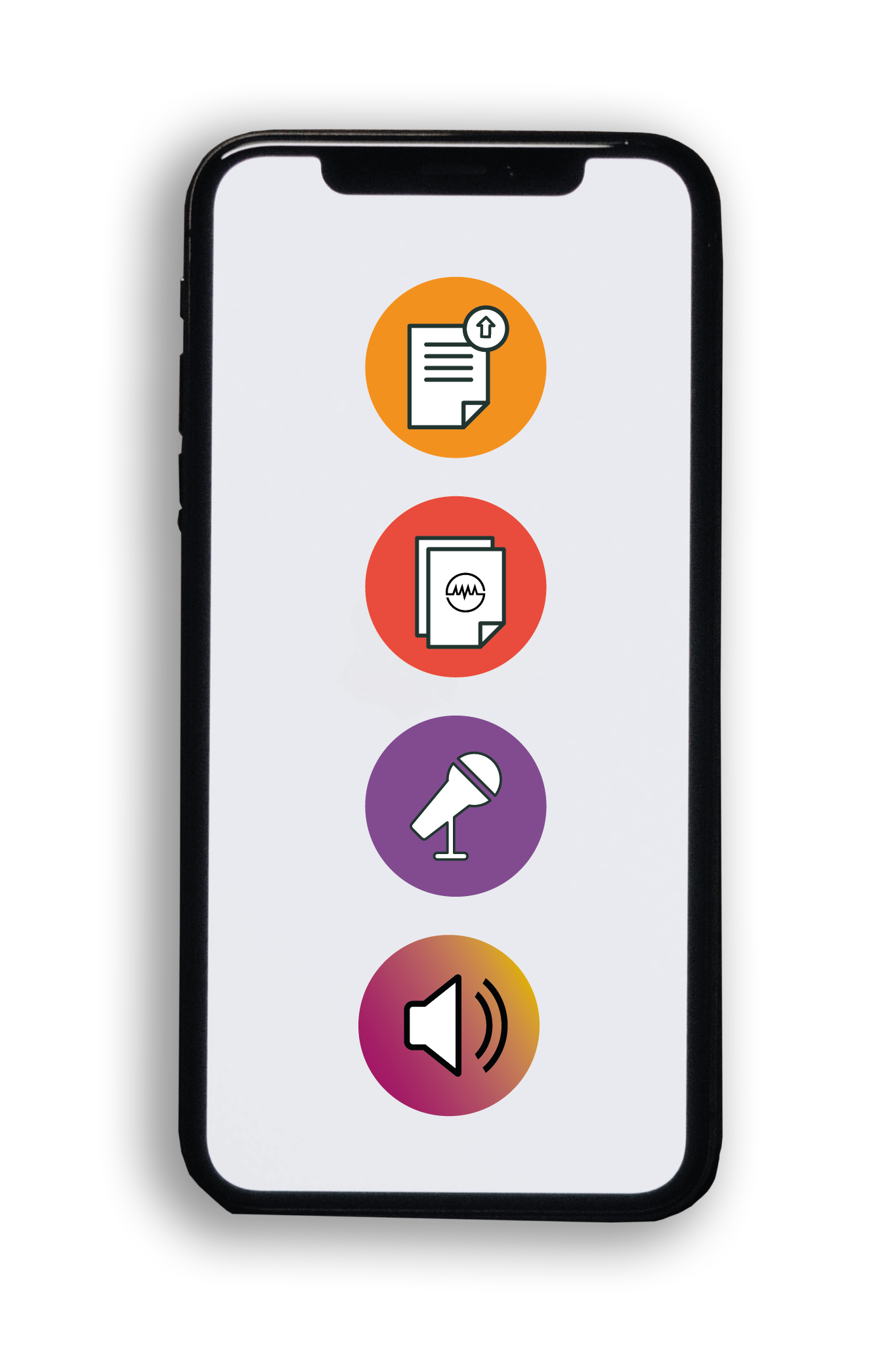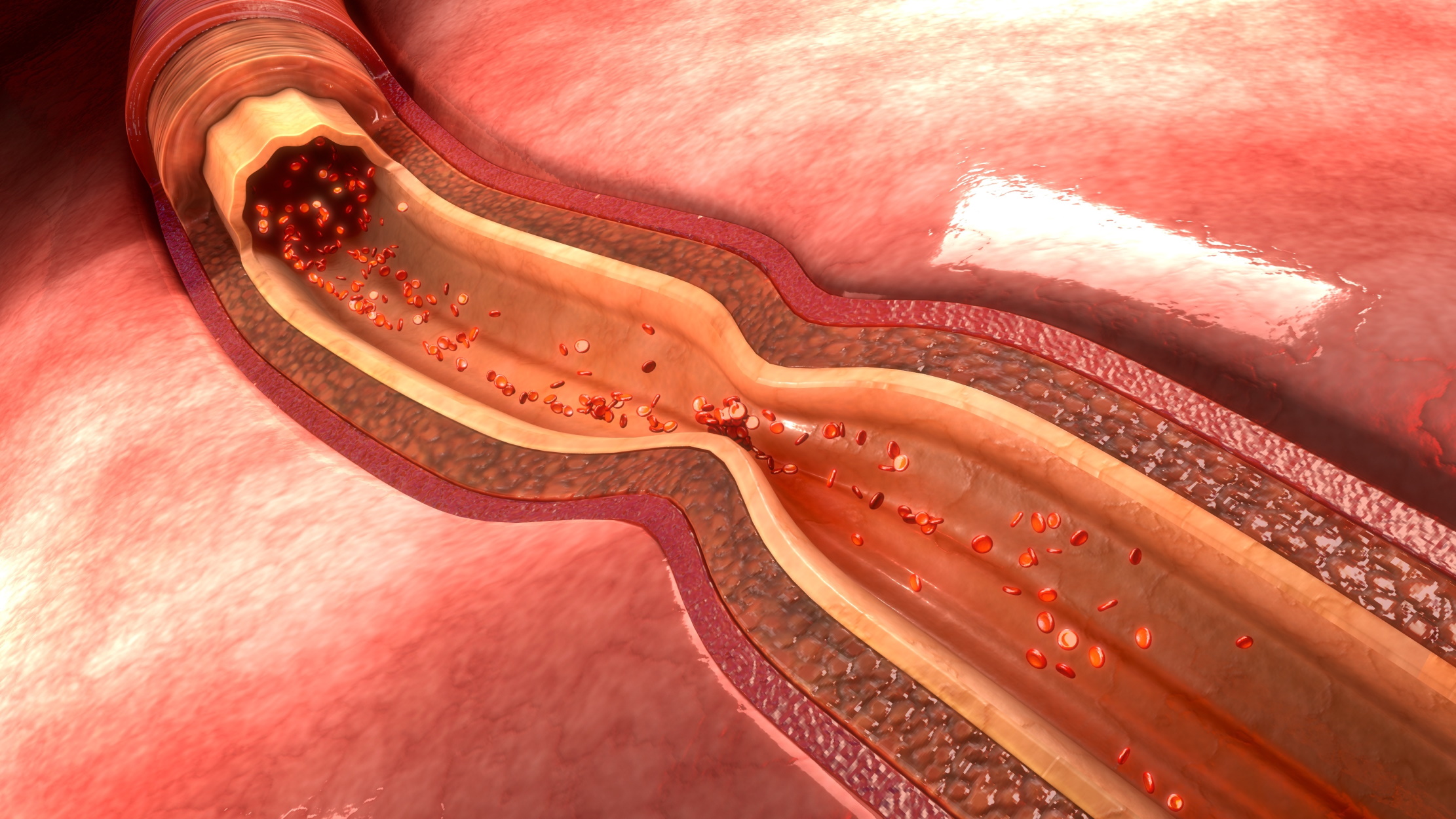Biological Mechanisms Link Smoking, Lung Cancer and Ethnicity – Professor Stephen Hecht and Colleagues
Original Article Reference
https://doi.org/10.26320/SCIENTIA216
Share Episode
About this episode
This work is licensed under a Creative Commons Attribution 4.0 International License. 
What does this mean?
Share: You can copy and redistribute the material in any medium
or format
Adapt: You can change, and build upon the material for any
purpose, even commercially.
Credit: You must give appropriate credit, provide a link to the
license, and indicate if changes were made.
Related episodes
Dr Adrian-Sebastian Zus | When Arteries Rebel: Preventing Radial Artery Spasm
Most of us never give much thought to the small artery that runs along the inside of our wrist, the radial artery. You can feel it easily if you press your fingers just below your thumb. Yet in modern medicine, this little vessel has become one of the most important gateways to the heart. Imagine a doctor threading a tiny tube, called a catheter, through the radial artery to reach your heart. This technique, called transradial access, has transformed modern cardiology. By entering through the radial artery, doctors can perform life-saving cardiac procedures with fewer complications, faster recovery, and even lower costs than older methods that went through the leg. Many people can even walk out of the hospital on the same day. Over the past two decades, doctors have increasingly chosen the radial artery as their entry point for procedures like angiography (imaging of the heart’s blood vessels) and angioplasty (opening blocked arteries). But there’s a catch: sometimes the artery rebels. It tightens suddenly, almost like a muscle cramp, gripping the medical instruments and making the doctor’s job harder. This is known as radial artery spasm (or RAS for short). In rare cases, the spasm is so severe that it traps the catheter or damages the artery wall.
Professor Andrea Facciabene | Gut-Targeted Antibiotic Boosts Lung Cancer Radiation Therapy: A New Frontier in Microbiome-Based Treatment
Imagine a future where treating cancer doesn’t just depend on high-tech machines or potent drugs, but also on something as simple, and as complex, as the bacteria living in your gut. This future might be closer than we think, thanks to groundbreaking research led by Professor Andrea Facciabene at the University of Pennsylvania. In a randomized pilot study recently published in the Journal for ImmunoTherapy of Cancer, Prof. Facciabene and an international team of researchers explored a curious and compelling idea: could altering the gut microbiome enhance the effectiveness of radiation therapy in patients with inoperable early-stage lung cancer? The answer, at least in this early stage, appears to be yes.
The allure and pitfalls of flavored tobacco and nicotine products. Interview with Professor Mary Rezk-Hanna
Interview with Professor Mary Rezk-Hanna
Professor Dr. Frederik Wenz | McDonaldization in Healthcare: Opportunities and Pitfalls for Patients and Providers
If you stroll into a McDonald’s fast-food restaurant in Paris, Tokyo, or New York, you’ll notice that the Big Mac tastes the same, the menu looks familiar, and the process is quick and efficient. You order your food, wait a short while, and you get exactly what you expect. In the 1990s, American sociologist George Ritzer gave a name to this phenomenon: McDonaldization. He identified four principles behind the model’s success. The first is Efficiency, in terms of getting things done in the fastest, least expensive way possible. Second comes Calculability, which involves valuing numerical metrics, such as how many burgers sold and how fast they were served, over subjective qualities such as taste or ambiance. The third factor is Predictability, which involves making sure the experience is the same way everywhere. The final aspect is Control, where the corporation uses refined rules, technology, and systems to achieve the preceding three principles. While these ideas may work for burgers and fries, can they work if applied to something very different, such as healthcare? In a thought-provoking review, Professor Dr. Frederik Wenz of the University of Freiburg explores how these fast-food-inspired principles are transforming hospitals, clinics, and even the role of patients themselves. This phenomenon doesn’t just involve faster patient registrations or standardized treatments. It’s about a fundamental shift in how we think about healing, and how much responsibility patients are willing (or able) to take on themselves.
Increase the impact of your research
• Good science communication encourages everyday people to be scientifically literate so that they can analyse the integrity and legitimacy of information.
• Good science communication encourages people into STEM-related fields of study and employment.
• Good public science communication fosters a community around research that includes both members of the public, policymakers and scientists.
• In a recent survey, 75% of people suggested they would prefer to listen to an interesting story than read it.

Upload your science paper
Step 2
SciPod script written
Step 3
Voice audio recorded
Step 4
SciPod published




